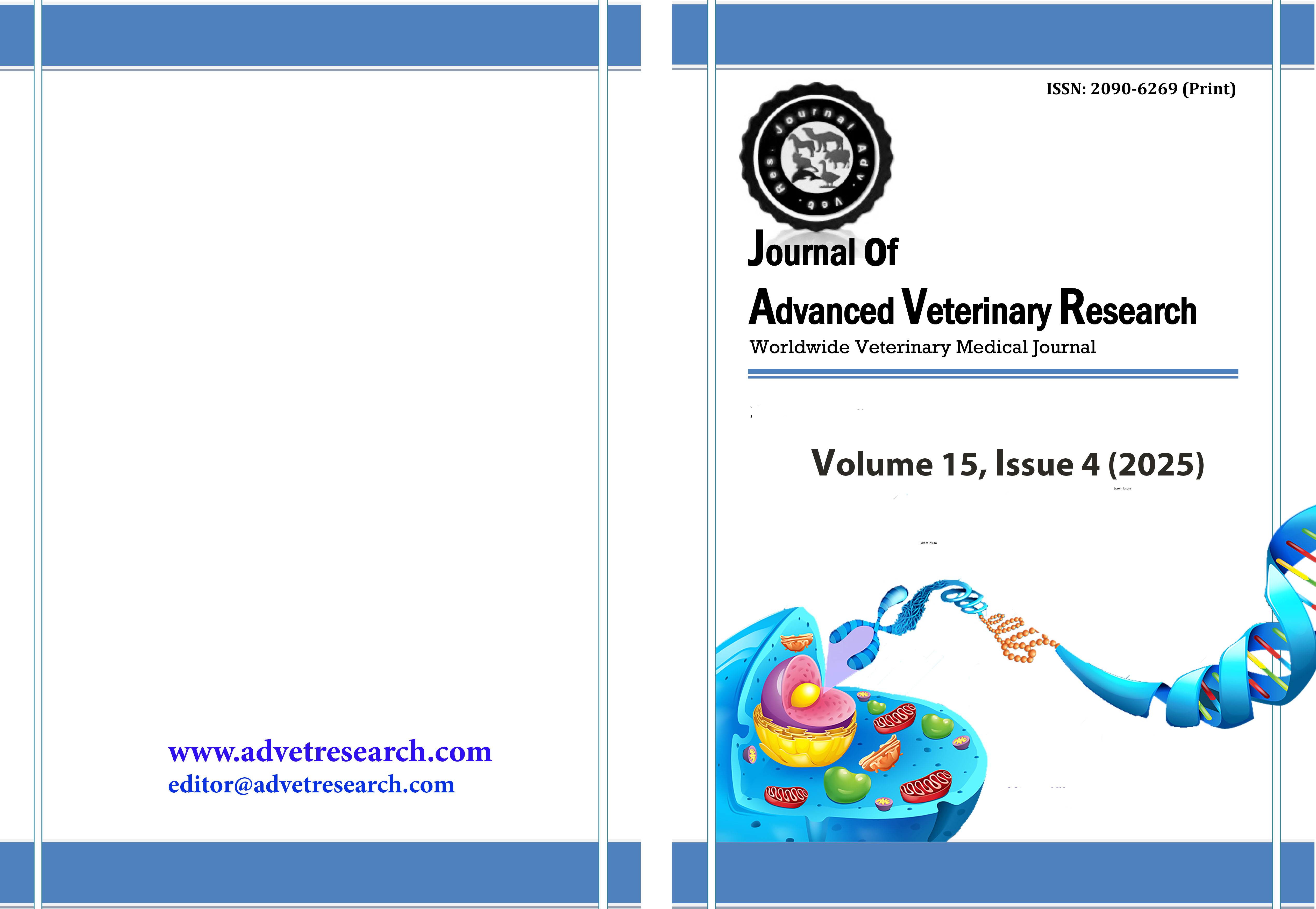The potential of quails as reservoirs for extended-spectrum β-lactamase (ESBL)-producing bacteria: A public health perspective
Keywords:
AMR, antibiotics, ESBL, public health, quailAbstract
Quails are included in the group of poultry that are susceptible to various diseases, one of which is colibacillosis. The large and increasing population of quails, if antibiotics are given continuously, will contribute to antibiotic resistance in the livestock sector. extended-spectrum β-lactamase (ESBL) is an enzyme produced in the plasmid of Gram-negative bacteria that have resistance to β-lactam antibiotics. ESBL is produced by nosocomial pathogens such as Escherichia coli, Klebsiella pneumoniae, Acinetobacter baumannii, Pseudomonas aeruginosa, and Enterobacter spp. The quail farming environment is often a reservoir for ESBL bacteria due to several factors, including intensive use of antibiotics for disease prevention and growth, as well as inadequate sanitation. ESBL-producing bacteria in quails can be transferred to humans through several potential routes. Direct contact with quail or consumption of contaminated processed products can be the main route of transmission of ESBL bacteria to humans. In addition, agricultural environments contaminated with livestock waste are also a source of the spread of resistant bacteria to the environment and ultimately to the human population. Monitoring antimicrobial resistance (AMR) in the poultry sector, especially quail, is essential to prevent the spread of difficult-to-treat infections in humans. This includes improving standards of cage and equipment hygiene, good waste management, and restricting access to the farm area. In addition, antibiotic use must be carried out wisely and based on veterinarian recommendations, to avoid selection of resistant bacteria.
Downloads
Published
How to Cite
Issue
Section
License
Copyright (c) 2025 Journal of Advanced Veterinary Research

This work is licensed under a Creative Commons Attribution-NonCommercial-NoDerivatives 4.0 International License.
Users have the right to read, download, copy, distribute, print, search, or link to the full texts of articles under the following conditions: Creative Commons Attribution-NonCommercial-NoDerivatives 4.0 International (CC BY-NC-ND 4.0).
Attribution-NonCommercial-NoDerivs
CC BY-NC-ND
This work is licensed under a Creative Commons Attribution-NonCommercial-NoDerivatives 4.0 International (CC BY-NC-ND 4.0) license




